This report reviews the most significant changes over the past few days across selected points along the front line. This time, we will focus on developments in Kursk, Kupiansk, Toretsk, Pokrovsk, and Kurakhove.

In Kursk, Russian forces are attempting to fragment the Ukrainian salient by launching attacks along its entire perimeter. After weeks of speculation, Russian commanders finally deployed North Korean units, which were essentially used as cannon fodder in massive human wave assaults.

The most intense clashes are occurring in the areas of Novoivanovka and Pogrebki, as part of continued Russian attempts to reach Malaya Loknya from two directions and isolate the Ukrainian forces in the northwestern zone. Near Novoivanovka, massive North Korean waves achieved marginal advances by reaching the Kruglenkoe forest, as Ukrainians pulled back to turn the North Korean reliance on their numbers advantage into their biggest disadvantage. This caused them massive casualties both in their initial advances across open fields and in the forests, due to devastating artillery and HIMARS cluster munition fire.

Overall, the lack of proper equipment and training for North Korean troops, the use of outdated tactics, and evident coordination issues with Russian commanders have resulted in catastrophic losses for these units, achieving only very limited incremental gains. Confirmed North Korean casualties exceed one thousand personnel, with them achieving no significant tactical objectives such as capturing heights or compromising logistical routes.

In the Kupiansk direction, Russian efforts to capture the city, a key logistical hub in the region, continue. Success in this area would significantly hinder Ukrainian efforts to contain Russian advances toward the Oskil River.
The main axis of Russian advances is south of Kupiansk, west of Pischane, where a Russian spearhead attack reached the Oskil River two months ago. Since then, this advance has largely stalled. The reason is that Russian forces have overextended their advance, and their logistics are in dire condition, as no hardened roads lead through the Russian spearhead. Furthermore, any armored vehicle advancing along the Russian spearhead to the front becomes an immediate target for Ukrainian drones and artillery fire. Under these conditions, rapid advances are impossible. Ukrainian forces have exploited this situation, reclaiming a large forested area in the northern part of the spearhead. In response, Russian forces are attempting to widen the spearhead to the south to improve logistical routes.

Overall, the situation in Kupiansk is relatively stable, with Ukrainian forces enjoying significantly better logistical capabilities due to the nearby Kupiansk logistics hub. While the Russians have destroyed several bridges, they have consciously not demolished all of them to preserve their own logistical options in case they make significant gains in the future, which coincidentally also provides Ukrainians with a strong logistical network.

In Toretsk, Russian forces persist in their objective to fully capture the city as part of their broader campaign across the Donetsk oblast. To this end, Russian forces continue to exert significant pressure, deploying all available resources in intense urban assaults.
In the northern part of the city, Russian forces are attempting to seize the central district of high-rise buildings, advancing very slowly as Ukrainian forces deny Russians any significant positions, such as bases or gathering points. To accomplish this, Ukrainians deploy rapid assault squads to penetrate the ground floor of a building, before planting explosives and collapsing it in its entirety, in a policy of scorched earth tactics within the city.

In summary, Russian advances in Toretsk are very slow and come at a high cost. Since Toretsk is a lower-priority direction, Russian commanders are deploying lower-quality troops, including wounded soldiers not fully fit for combat. Ukrainian forces are maintaining control, inflicting heavy losses on Russian forces looking for the culmination of the Russian offensive.

In Pokrovsk, Russian forces remain focused on capturing the city, a critical logistical hub for sustaining supply efforts across the area. Pokrovsk has once again become Russia’s primary objective, with significant Russian forces, reserves, and equipment deployed to the area. According to Ukrainian officials, Russian forces enjoy a four to one manpower advantage in this direction.

Russian forces are attempting to encircle Pokrovsk from the east and particularly from the south. The most significant recent development was a Ukrainian coordination error during a brigade rotation, which left a key defensive position in Shevchenko unguarded. Russian forces advanced and are now attempting to flank Pokrovsk from the west. However, Ukrainian counterattacks have completely halted the momentum gained by Russian forces after capturing Shevchenko, forcing the Russians to temporarily conduct defensive operations.
Overall, Ukrainian forces in Pokrovsk have managed to halt the Russian advance and capitalize on the situation to consolidate new positions, particularly in the south, where defenses have become nearly impenetrable.

Lastly, we address the situation in Kurakhove, where Russian forces aim to capture the city and facilitate further advances in the Donetsk region, particularly toward Pokrovsk.
Within the city, the situation is becoming increasingly challenging for Ukrainian defenders. Russia has taken control of more than half of Kurakhove’s urban area, while Ukrainian Armed Forces maintain control of the industrial zone of the Kurakhove power plant and the pipe factory to the west of the city. Maintaining control of the Kurakhove-Zaporizhzhia road remains crucial for Ukrainian units in the area, as defenders could hold the excellent defensive environment of the Kurakhove industrial zone for a long period of time, provided adequate supply lines are maintained.

Further south, Russian forces have advanced along the string of settlements along the Sukhi Yali River, with Ukrainian forces progressively retreating due to continuous semi-encirclement situations created by Russian forces, leaving Ukrainian troops no option but to withdraw. Now, Russian forces are preparing to cross the river to attempt to close the encirclement and advance toward Kurakhove and its crucially important supply routes.

Overall, the situation in Kurakhove is concerning but under control. Ukrainian forces face the dilemma of trying to hinder Russian advances as much as possible, without compromising an eventual withdrawal from Kurakhove to safeguard their personnel.










.jpg)
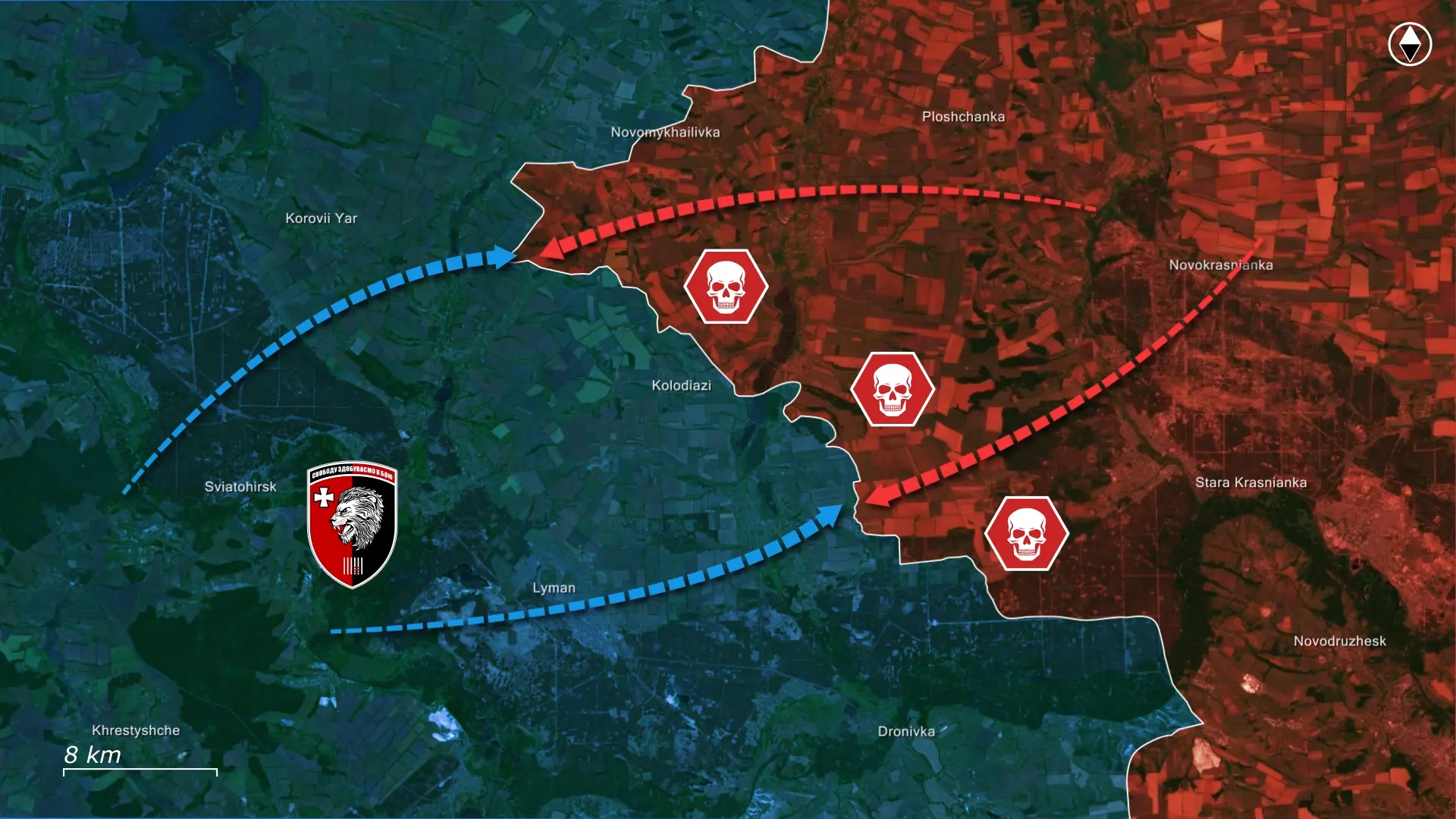
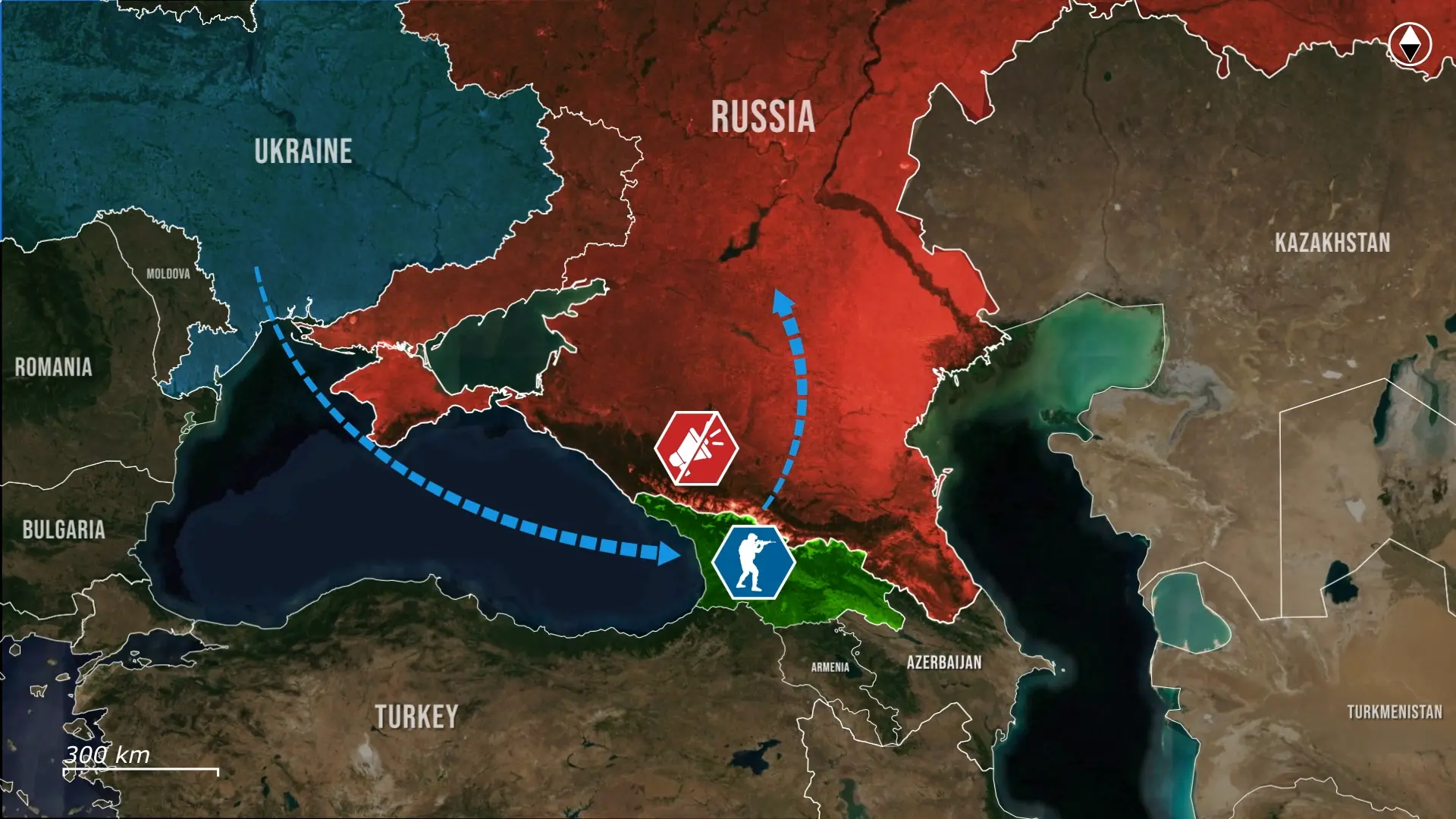
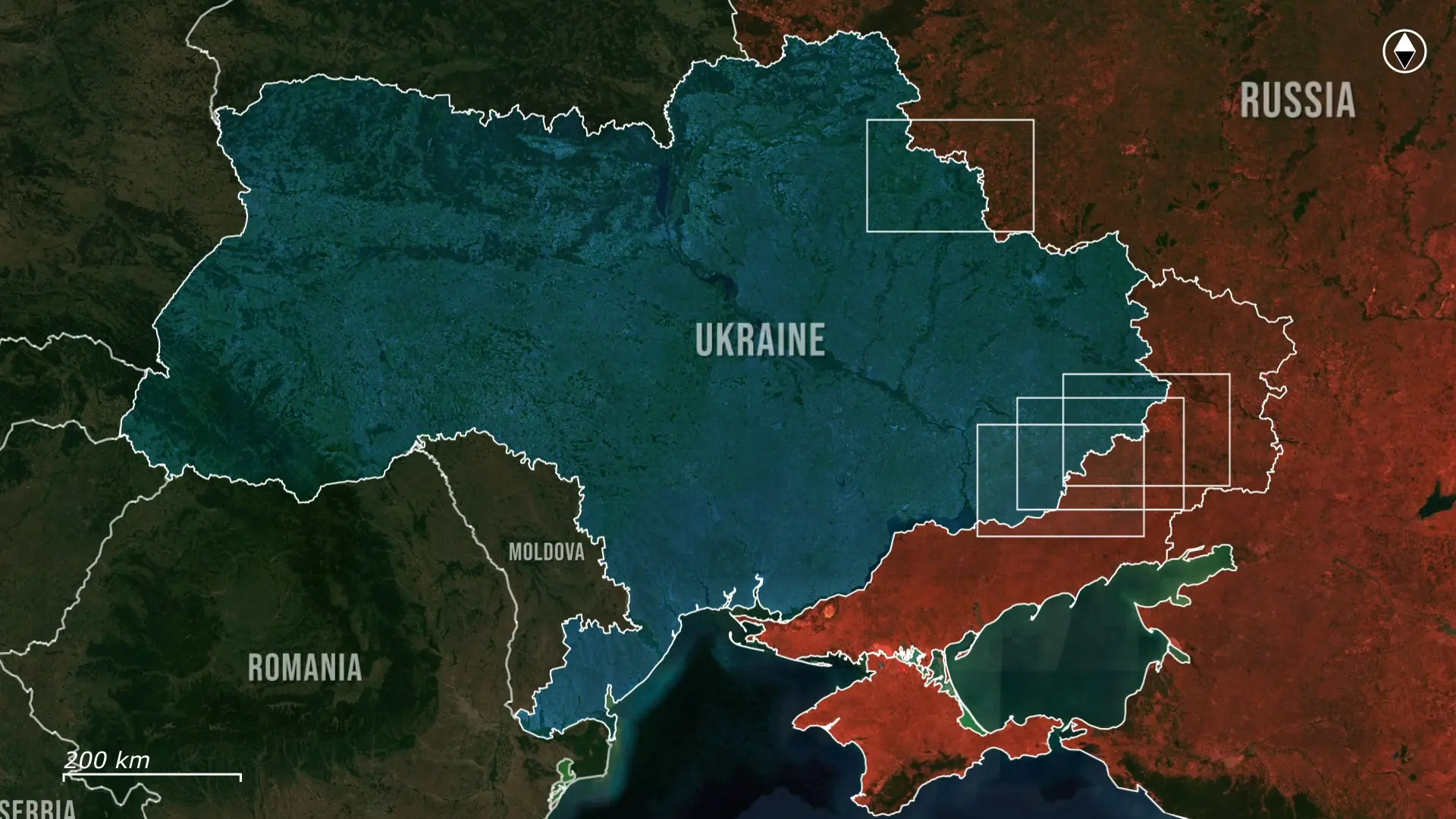
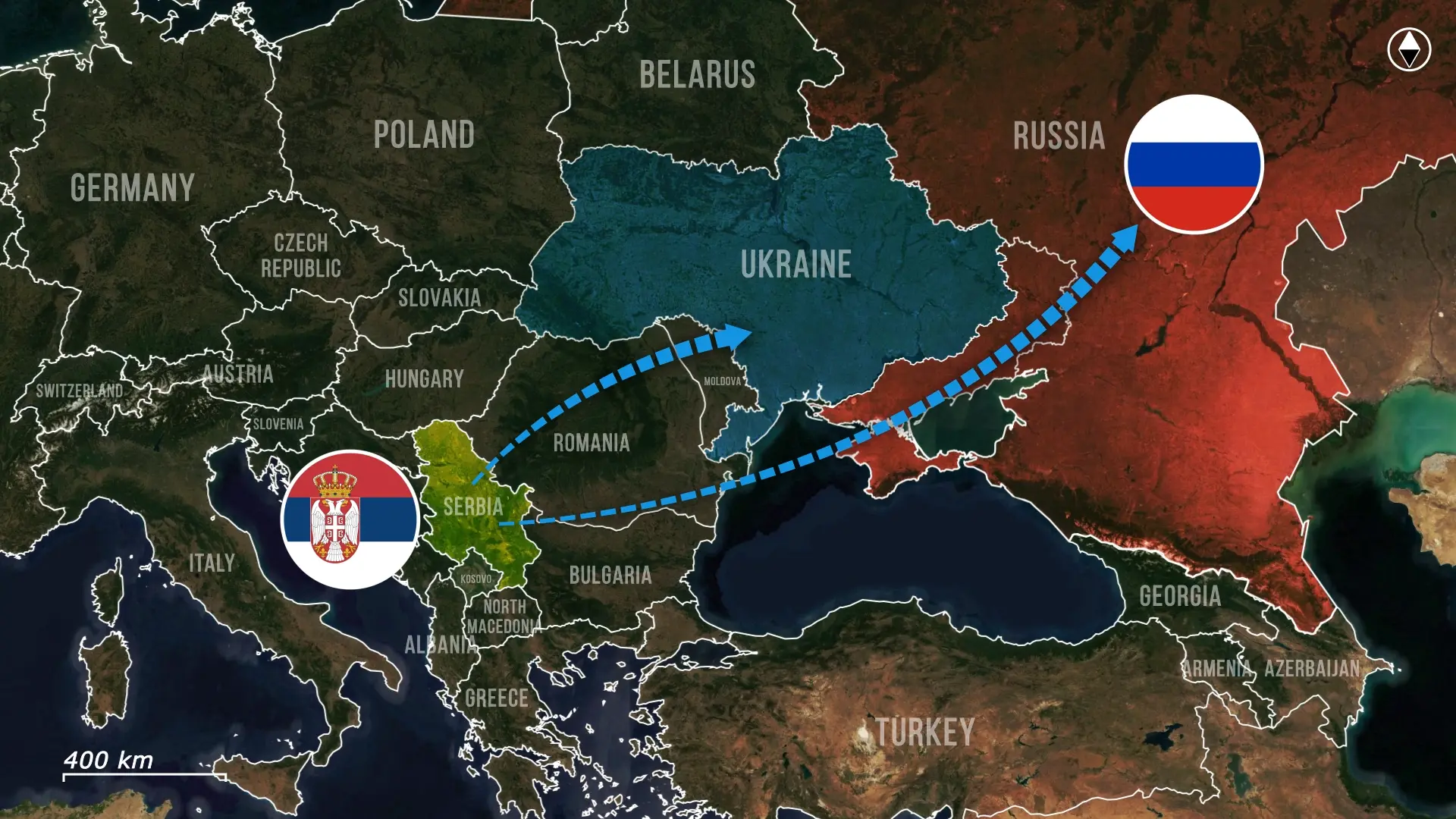
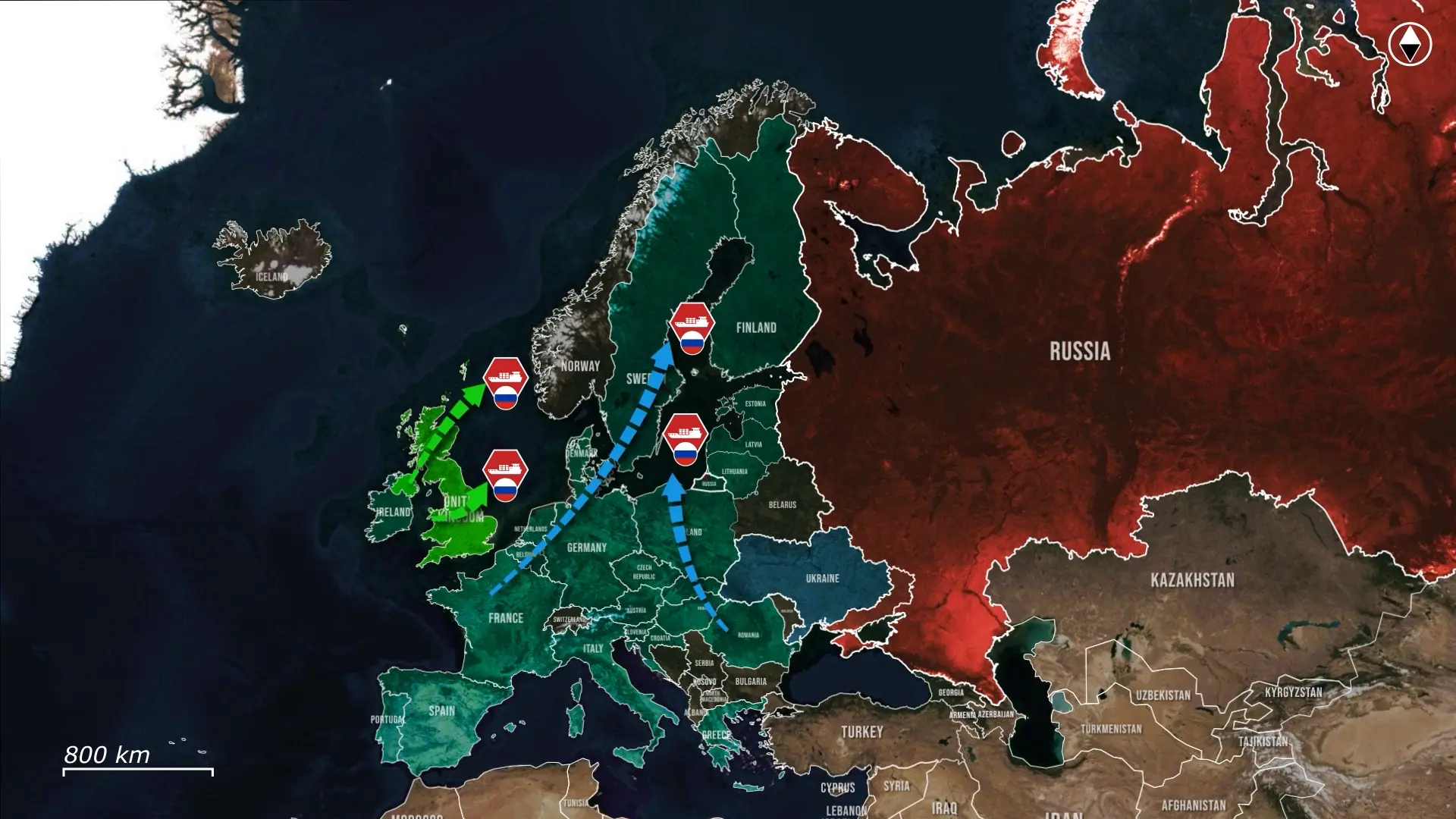
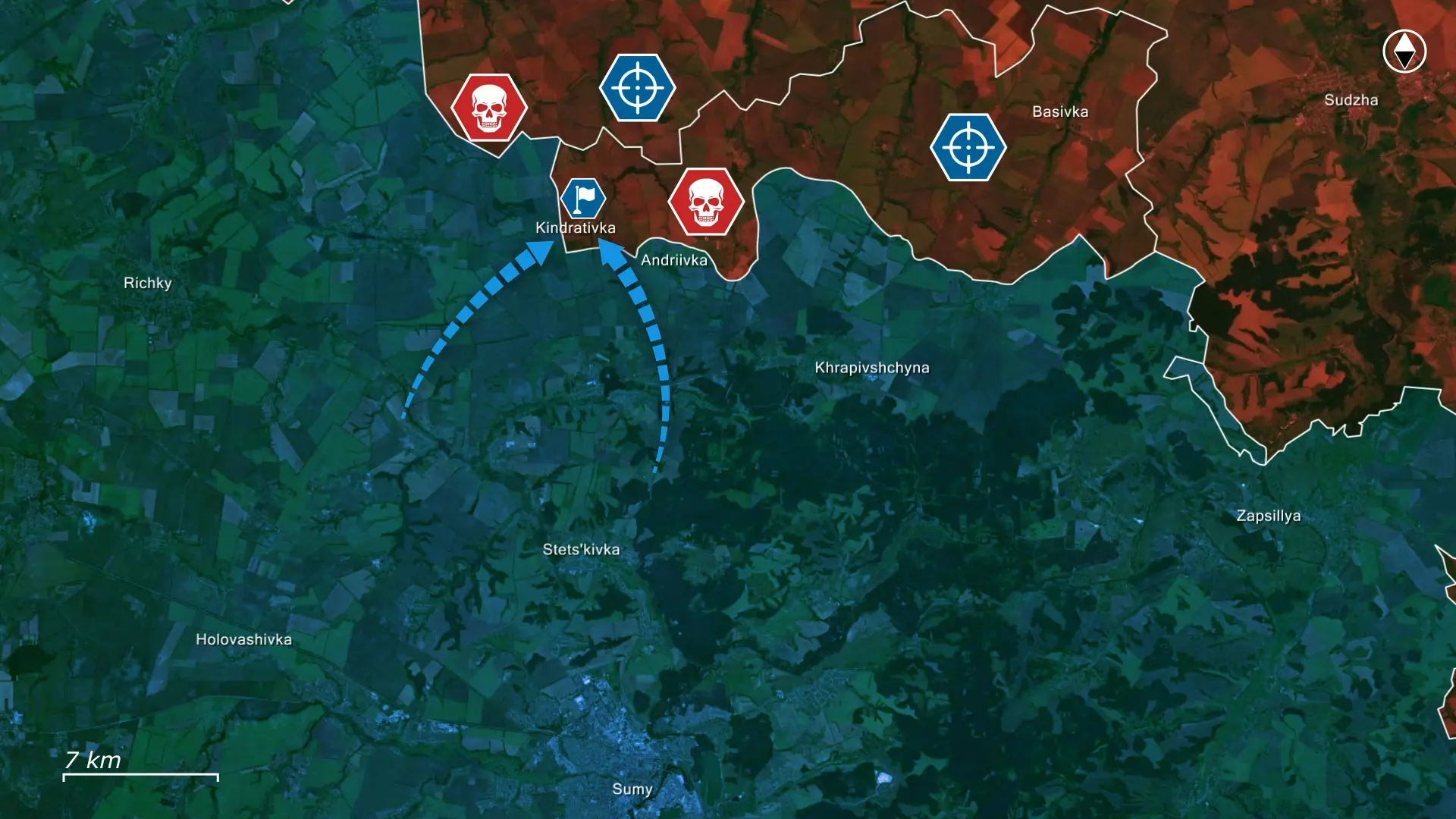
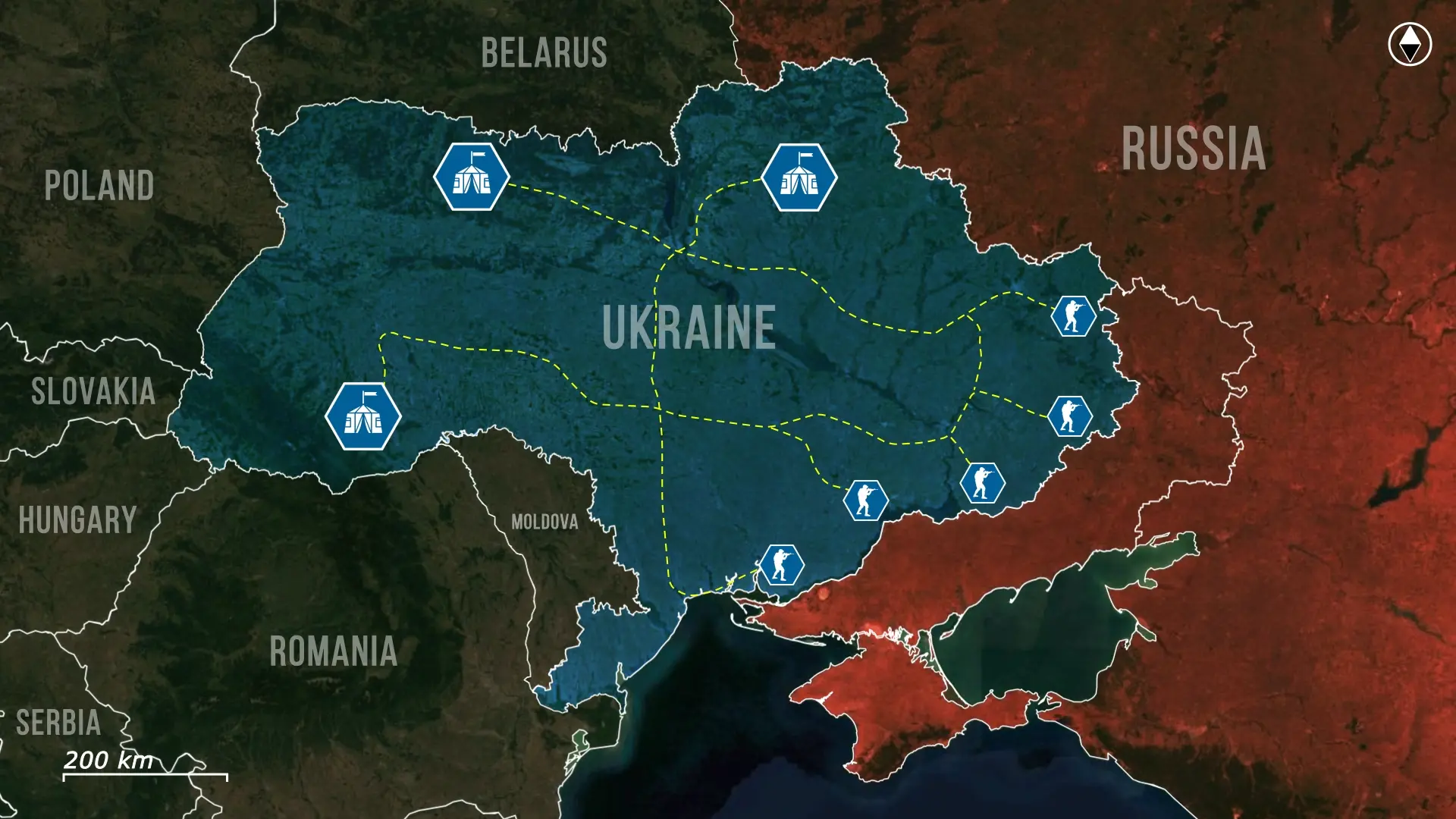
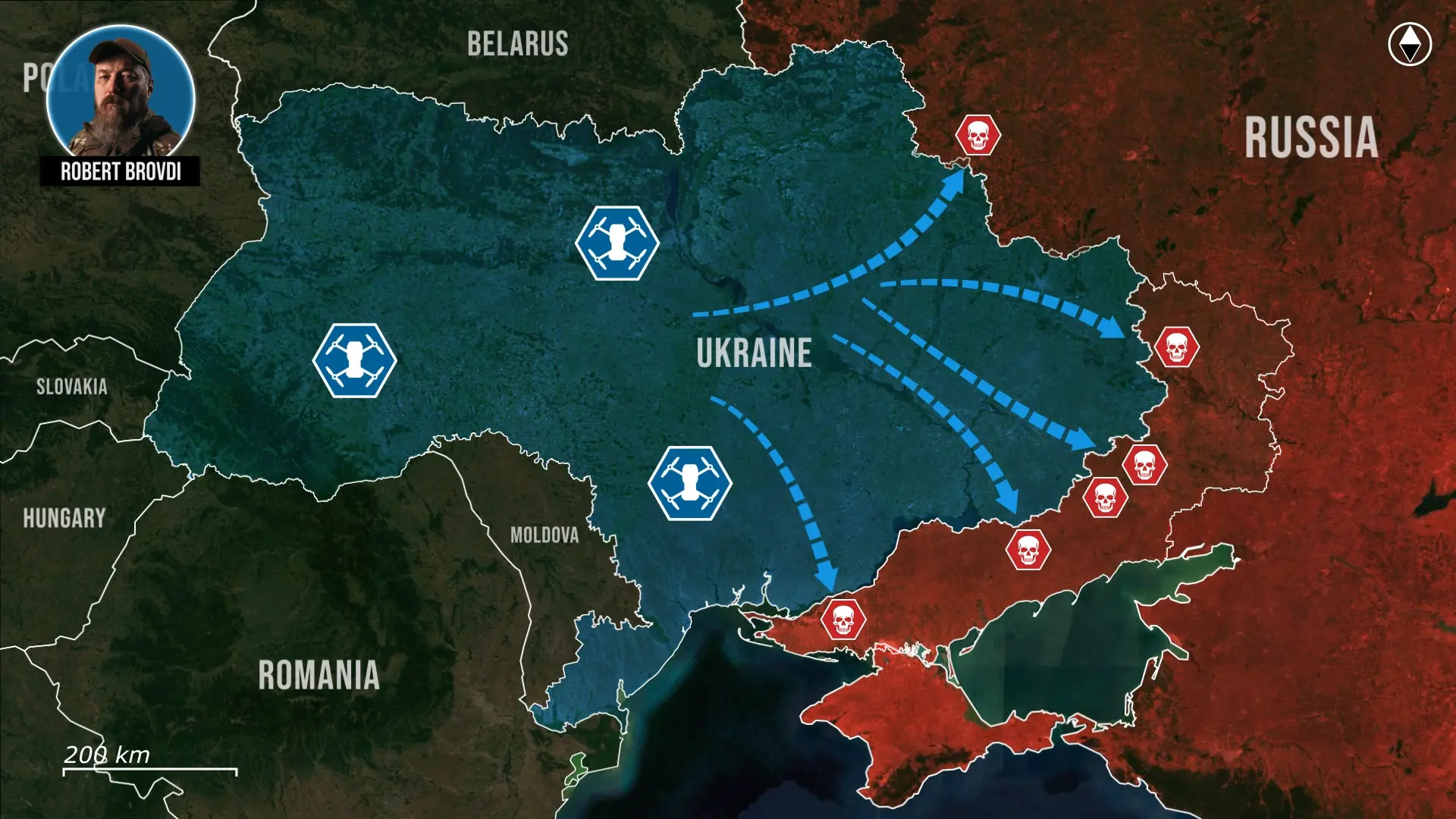
Comments